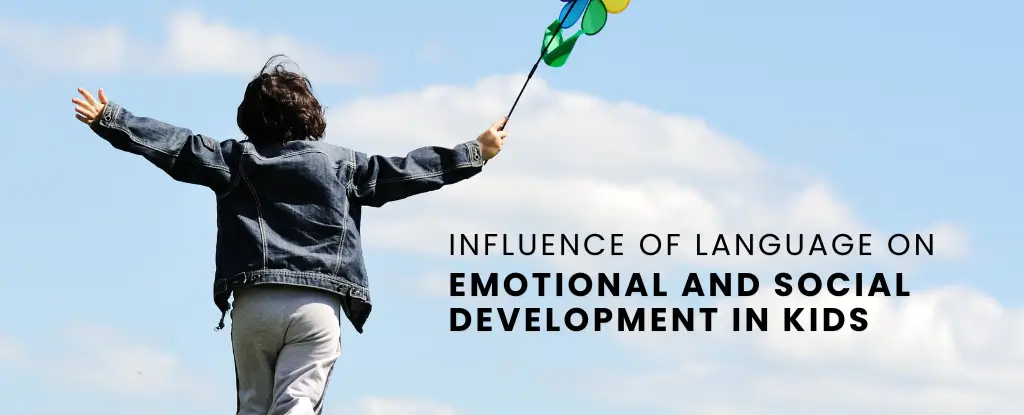Language is more than just a means of communication; it plays a fundamental role in shaping a child’s emotional and social development. The way children learn and use language influences their ability to express emotions, build relationships, and understand the world around them. This article explores how language development impacts a child’s emotional intelligence, social interactions, and overall growth.
The Connection Between Language and Emotional Development
1. Expressing and Understanding Emotions
Language helps children identify, articulate, and regulate their emotions. When children learn words to describe their feelings, they gain better control over their emotional responses.
- Verbal Expression: Children who can express their emotions verbally are less likely to resort to tantrums or frustration.
- Empathy Development: Understanding emotional vocabulary enables children to recognize and respond to the emotions of others.
2. Building Self-Confidence
A strong grasp of language enhances a child’s self-esteem and confidence.
- Clear Communication: Children who can express their thoughts effectively feel more secure in social situations.
- Encouragement from Adults: When caregivers respond positively to a child’s verbal expressions, it boosts their confidence and willingness to communicate.
3. Managing Stress and Anxiety
Children who can verbalize their feelings tend to handle stress better.
- Self-Regulation: Knowing how to describe their worries helps children seek support.
- Problem-Solving: Language skills help children discuss issues and find solutions rather than reacting impulsively.
The Role of Language in Social Development
1. Developing Social Skills
Language is a key component of social interaction. It enables children to:
- Make Friends: Effective communication helps children connect with peers.
- Engage in Group Activities: Conversational skills allow children to participate in teamwork and discussions.
- Resolve Conflicts: Language enables children to negotiate, compromise, and express their viewpoints.
2. Cultural Awareness and Inclusivity
Language helps children understand different perspectives and cultures.
- Multilingual Exposure: Learning multiple languages fosters acceptance of diverse cultures.
- Understanding Social Norms: Language helps children grasp social cues, politeness, and etiquette.
3. Strong Parent-Child Bonds
Parents play a crucial role in developing a child’s language skills, which strengthens their emotional bond.
- Reading Together: Storytelling and reading enhance vocabulary and comprehension.
- Open Conversations: Encouraging children to express themselves helps build trust and emotional security.
How to Support Language Development in Children
- Encourage Conversations: Engage children in meaningful discussions to improve their verbal skills.
- Read Aloud Daily: Reading books enhances vocabulary, comprehension, and imagination.
- Use Positive Reinforcement: Praise children for expressing themselves clearly.
- Expose Them to Diverse Language Experiences: Introduce children to different languages, dialects, and cultures.
- Limit Screen Time: Encourage face-to-face interactions over digital communication.
Language is a powerful tool that shapes a child’s emotional and social development. It enables them to express emotions, build relationships, and navigate social situations with confidence. By fostering strong language skills from an early age, parents and educators can help children develop emotional intelligence, social competence, and a deep understanding of the world around them. Read about Green Ambassadors in Action – for a Sustainable Future
